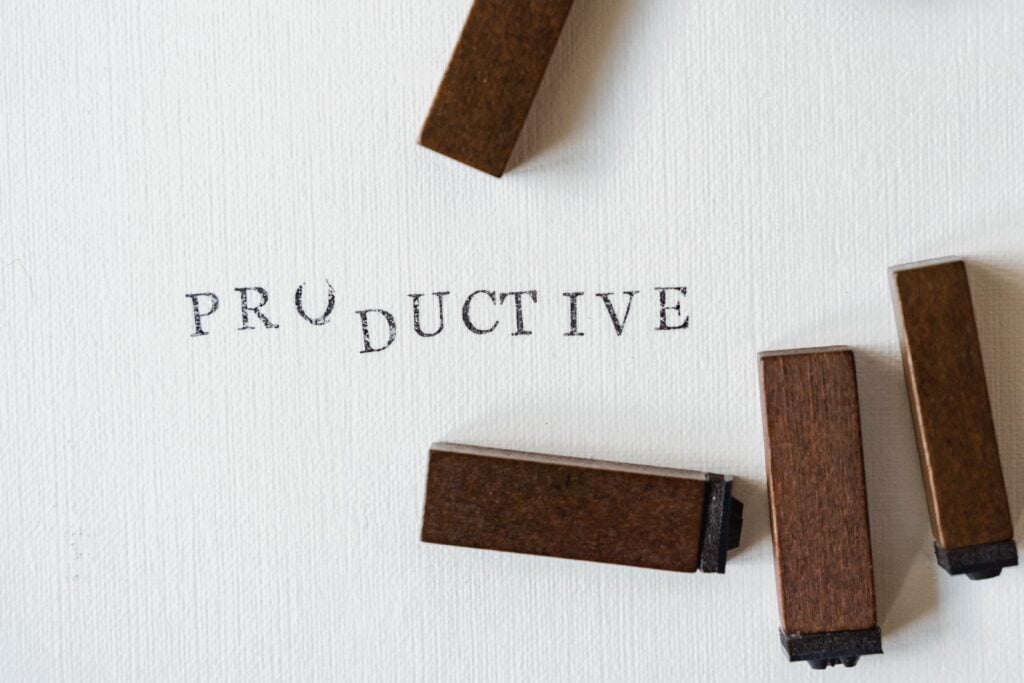Just imagine if everything was automated. Chores, working out, eating right, and finishing assignments all fall under this category. They occur on their own accord. The issue is that your hard work won’t simply vanish into thin air unless robots are invented.
With some self-control up front, though, you can form a new routine that’s easy to keep up.
Table of contents
What are habits?

Before we go any further, I should define habits for you.
In a nutshell, habits are routines that one has developed through repeated behavior. The behavior is typically prompted by the presence of certain environmental factors. It’s common practice to brush your teeth after eating breakfast, for instance.
Healthy habits, unhealthy habits, and neutral habits are the three categories of routines that people typically engage in. When you’re feeling stressed, it’s a good idea to take ten minutes out of your day to stretch or meditate. When you light up a cigarette whenever you feel some pressure or anxiety, you’re demonstrating a bad habit. Routine behaviors such as driving the same route to work or eating the same breakfast every day are not particularly noteworthy.
Unconscious actions, such as breathing or blinking, are not considered habits because they are not consciously performed.
How are habits formed?

The vast majority of habits develop from a series of actions taken with the express purpose of reaching a certain goal. A parent might tell their toddler to wash his or her hands before eating. A young child may initially wash their hands only for the sake of parental approval. They may need to be reminded to do it every time they eat.
The child will get used to the daily washing routine and won’t require as many reminders. The child will still wash their hands before meals regardless of whether or not the parent encourages this practice. Because of its reliance on environmental cues rather than immediate gratification, this pattern of conduct fits the definition of a habit.
The formation of a habit can be viewed as the development of a shortcut in one’s thought processes. A child, for instance, has to go through a lengthy process just to wash their hands before dinner. They should go to the washbasin, run some water, use some soap, and then dry their hands. Eventually, the brain will start to process these individual actions as a unified “chunk” due to the repeated nature of the habit. In other words, it considers all of these actions to be part of a single behavior.
One advantage of routines? You’ll avoid having to expend any extra thought processing power than necessary. It may be more efficient to perform certain actions automatically so that you can devote your mental resources to more nuanced decision-making. Reflexive actions are problematic because they are more difficult to detect and interrupt. Since the brain treats repetitive behaviors like biting one’s nails as a single action, breaking such habits can be challenging right now.
You now have a better understanding of habits, the process by which they are formed, and the distinction between habits and routines.
1. Choose an easy habit that you will not be able to resist
“The most important part of building a new habit is staying consistent,” says James Clear, author of Atomic Habits. “It doesn’t matter how well you perform on any individual day.” Consistency is the key.
As a result, it ought to be practically effortless to form positive new routines.
- Do you wish to establish a routine of regular physical activity? You will get in a minute of exercise today.
- Do you hope to form a routine of writing regularly? Try to get in at least three sentences of writing today.
- Get serious about improving your diet. You need to make at least one healthy meal a priority this week.
- There is no need to go all out right away, Clear says; you can always ramp up your efforts later. When starting out, “you don’t need to join a CrossFit gym, write a book, or change your entire diet.”
“It’s easy to compare yourself to what others are doing, or to feel the urge to optimize your performance and do more,” he says. Never let your emotions derail you.
Prove that you can focus on a manageable goal for a full month. When you’ve established a pattern of success, you may decide to step up the challenge. In the early stages, performance is unimportant.
2. Think positively
One of the most important parts of shaping positive routines for yourself is maintaining an optimistic outlook. Being able to effectively manage stress is another benefit of adopting a more optimistic outlook.
In a positive mindset, you don’t just push the negative stuff out of your mind and keep going about your day. Your response, however, is universally optimistic.
Your ability to successfully adopt the new, beneficial habit will be hampered by any predominant negative thoughts you may have about the process of changing your habits. In contrast, a positive outlook makes it simpler for your brain to process new information.
So, try to think positively rather than dwelling on the negative. Always keep in mind that anything is possible with the right mindset.
3. Reduce triggers and cravings
Determine the mental associations you have with the people, places, and things that contribute to your bad habits. Afterward, you ought to alter your approach to them.
Those who have a shopping addiction, for instance, should stay away from malls. Also, if you’re trying to cut down or quit smoking, staying indoors during your friends’ smoke breaks is a good idea.
Persistent anxiety has been linked to disruptive behaviour. Therefore, if you can keep your stress levels under control, you will be better able to avoid the triggering events.
Similarly, cravings stem from a need to alter some aspect of one’s emotional or mental state. In other words, knowing how you’d like to feel can help you curb your cravings. Then, once you’ve reached that state of mind, it’s time to take some healthy next steps.
If you want to unwind, take a bath instead of lighting up a cigarette. When you feel like you need a little extra pep in your step, grab a banana instead of reaching for that third cup of coffee.
4. Do it every day
The University of Bristol conducted a study on habit formation by having participants go for a walk before dinner and giving them water to drink during lunch. It was found in the study, which was published in the European Journal of Social Psychology, that it took anywhere from 18 days to 254 days for a task to become automatic. The average was 66 days, though.
What should we take away from this? Habits are not formed overnight. But the more we use them, the quicker they get, so we should begin with something small and easy.
For instance, rather than trying to form the habit of going to the gym three times a week, it is more effective to do a little bit of exercise every day. After a month or so of regular exercise, you’ll be ready to try out more strenuous activities.
5. Make the habit fun to repeat
When attempting to form a new routine, most of us tend to exaggerate our capacity for self-control and miss out on the best path to success. Let’s say you’re serious about exercising regularly in order to improve your health and fitness. Exercises that show results quickly are what most people look for, and that’s why the treadmill is so popular.
But studies show that if you can find ways to enjoy the process of working towards your goals, you’ll be more likely to stick with it and complete more of your goals.
To get in shape, you and your pal could try something like yoga or Zumba class, a hike, or even a team sport. Smoothies are a great way to get in a variety of healthy fruits and vegetables without feeling overwhelmed.
All things considered, a positive experience is essential to the formation of a habit. Repetition is the key to maintaining an interest in something, but this fact is often disregarded.



